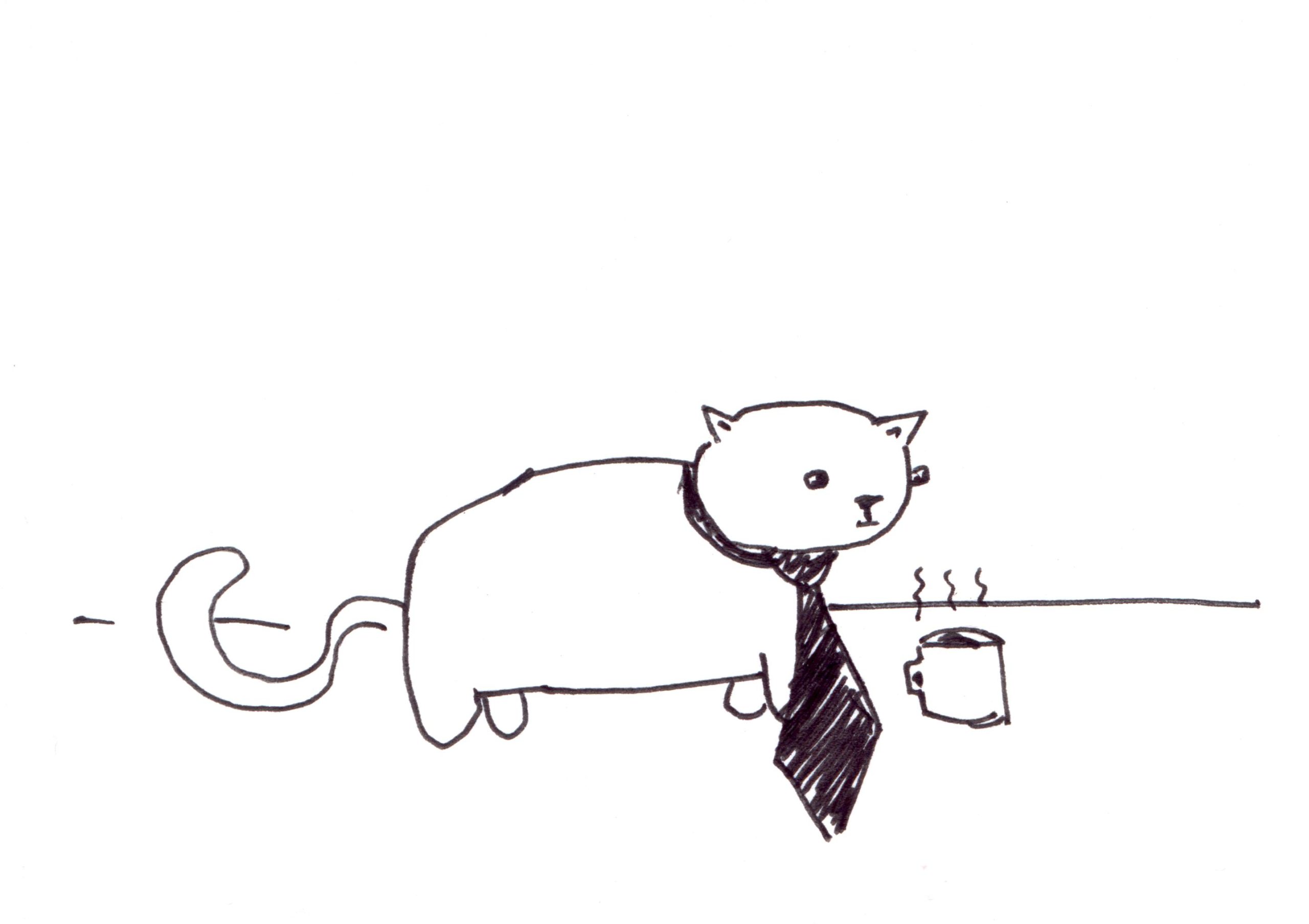Why do kids create imaginary friends?
According to Kimberly Eckert, a registered psychologist in Calgary, children often create playmates just to engage in imaginative play (the way another child might play with action figures), but sometimes they do so when bored or lonely. An imaginary friend can also be used as a form of self-soothing during a big transition, such as adjusting to a new home or sibling.
According to Marjorie Taylor and her colleagues at the University of Oregon, by age seven, about 37% of children take imaginative play a step farther and create an invisible friend.
It seems logical that children who invent invisible friends might be lonely or have social problems, but research doesn’t support those assumptions. In fact, compared to those who don’t create them, children with imaginary companions (either invisible friends or personified objects) tend to be less shy, engage in more laughing and smiling with peers, and do better at tasks involving imagining how someone else might think.
Oldest children, only children, and children who don’t watch much television are more likely to create an imaginary friend. This probably reflects opportunity. Children need unstructured time alone to be able to invent imaginary friends.
Having an imaginary friend is not evidence that a child is troubled. However, imaginary friends can be a source of comfort when a child is experiencing difficulties. There are many case studies of children inventing imaginary friends to help them cope with traumatic experiences.
Imaginary friends used to be a cause for concern, but research is finding that kids with elaborate tales of friends who aren’t really there are getting ahead in learning and social development. So what makes children who dream up pretend playmates so advanced?
In the days of Dr. Spock, imaginary friends were seen as a symptom of social problems. If your child was spending her time talking to thin air, prevailing wisdom said she probably needed more attention and company. Seen as a way to deal with loneliness, stress, or conflict, imaginary friends had a bad rep for most of the 20th century.
But the tables have turned, with psychologists touting pretend friends as boosters for language and social skills. Last year a study from La Trobe University in Melbourne found that three to six-year-olds with imaginary friends were more creative and socially advanced. Earlier studies had shown that kids with imaginary pals use more complex sentence structure, have richer vocabularies, and get along better with classmates.
Imaginary companions are much more common than people might think. Up to two-thirds of children have them, typically between the ages of 3 and 8 (although there are accounts of teenagers who retain them from childhood or who first develop them as teens).
Historically, many researchers and parents thought that imaginary companions were harmful or evil, and were a sign of a social deficit, demonic possession, or mental illness.
Small, statistically significant differences between kids with and without imaginary companions do arise, however, and they tend to be positive, says Taylor. For example, children with these pretend pals tend to have a slightly larger vocabulary, are less shy, and are good at understanding the perspective of others.
The way researchers used to view imaginary friends has undergone a nearly complete reversal since the early 1990s. Until then, the consensus among child psychologists was that children with imaginary friends were troubled introverts who, the more they indulged their fantasies, were more likely to need professional help.
As a result of this work, a new profile of children with imaginary companions has emerged: They are more socially skilled, they perform better on tests of verbal skills and, perhaps not surprisingly, they are more creative than children who do not have imaginary friends. What’s more, these benefits do not end in childhood.
Take all the most creative people you know, says Jonathan Plucker, a creativity researcher at the University of Connecticut who is researching how people, especially students, communicate their creativity to others. It doesn’t matter if they are artists or engineers or entrepreneurs. Now look for common denominators among them. What you are most likely to find if you do some digging is that they had an imaginary friend in childhood.
“It pops up almost whenever it’s asked. Creative people say, ‘Oh yeah, that was me,’” Plucker says.
Today, they can say it with pride, not fear of stigma.
“They thought these children were weird,” says Taylor, head of the Imagination Research Lab at the University of Oregon. “Maybe smart, but socially troubled or shy or whatever. And all that is completely wrong.”
In was not until the 1990s that a new view emerged: that children with imaginary friends were actually exploring a form of play with a high degree of creativity.
In a study published in the Creativity Research Journal in 2005, researchers found that children who had imaginary companions were more creative than their imaginary-friendless peers.
And in 2010, Evan Kidd, a researcher at Australian National University, and colleagues found that adults who had imaginary friends as children scored higher on creativity tests than those who did not.
Children who have imaginary friends are not typically loners. They don’t have issues with making or keeping friends. Parents should see imaginary friends not as a replacement for real friends, but as a sign of a child’s resourcefulness. A child with an imaginary friend is a child who has found a way to cope with feelings and problems.
Children have two different ways of relating to imaginary friends. Children may have hierarchical relationships or egalitarian relationships with their imaginary friends. In a hierarchical relationship, one friend in the relationship is dominant, more powerful. In the egalitarian relationship, the imaginary friend and the child are on equal footing.
In the hierarchical relationship, an imaginary friend may boss the child around or direct him to a good hiding place. In other cases, the imaginary friend is under the child’s command, and must serve the child’s wishes. Imagine what a comfort this is to a child who is bossed around by her peers in real life! Finally, she gets to tell someone else what to do and get that friend to obey.
Children aged 3-6 with imaginary friends, are, in general, both more creative and more advanced in their social skills. They have larger vocabularies, use more complex sentence structures, and get along better with their real life friends.
We can use that imagination to think about the future or to solve problems. For children, an imaginary friend can be a guide or a comfort or a way to understand things. The imaginary friend is there by command when the child is bored or lonely, and has no one to play with. An imaginary friend can soften a difficult or stress-filled time, for instance, when the child is adjusting to a new baby brother or even a new home.
One of the great things about imaginary friends is that they are always available. Big sister doesn’t want to play? Imaginary friend to the rescue.
The imaginary friend is forgiving. Children can yell at imaginary friends. They’ll still be your (imaginary) friends.
A child wants to imagine the sky to be green and the grass blue? The imaginary friend is right there with the child to imagine it and “live” it, and most of all, laugh about it. No one has to know about the color switch, which makes it safe. No one will laugh at the child for being creative at play.
I can remember one morning at breakfast telling my mom and my two older brothers about a dream I had the night before. Since Mom was still in the house I must have been around 4 or 5YO, 6 at most. In the dream there was a giant green pig with no legs running down the street. I think it was the older brother who scoffed and said, “How could a pig with no legs be running?”
Of course my mother didn’t defend me, or chastise my brothers for laughing at me. Narcissists don’t build family ties. They prefer to divide and conquer.
After that, I stopped talking about my dreams because it felt so bad to be made fun of and laughed at. Because of that incident, I also stopped talking about any scary dreams I had — instead of getting comforted by my family, I figured I’d just have to deal with them myself.
In fact, I tried to stop dreaming at all. I changed my before-bedtime prayers to include these words:
“God, please don’t let me dream about anything stupid or scary or silly.”
I still don’t often remember my dreams.
Needless to say, I had an imaginary friend as a kid, and I got made fun of for that, too.
A list of some of the many things imaginary friends can do:
In other words, for concerned parents who might want to see it spelled out: An imaginary friend is nothing to worry about. First of all, they’re incredibly common — by some estimates, 65 percent of kids have had an imaginary friend by age 7. And kids know they aren’t real; researchers today believe these made-up companions aren’t an indication of loneliness or a deficit of social skills so much as they are a normal way for kids to exercise their imaginations.
And past research has shown that kids who create imaginary friends may even enjoy some cognitive and emotional benefits. “In a lot of ways they’re really similar, but when we do find differences, they tend to show an advantage for kids who have imaginary friends,” says University of Oregon psychologist Marjorie Taylor, the author of Imaginary Companions and the Children Who Create Them. “They’re sociable kids, they’re less shy than other children. There are some studies that show they have enhanced social understanding — they’re better able to take the perspective of someone else in real life.” (It bears noting that these links are correlations, not causations — scientists don’t know if kids who already have these traits are then more likely to create imaginary friends, or if the act of having an imaginary friend in turn spurs the development of certain skills.)


